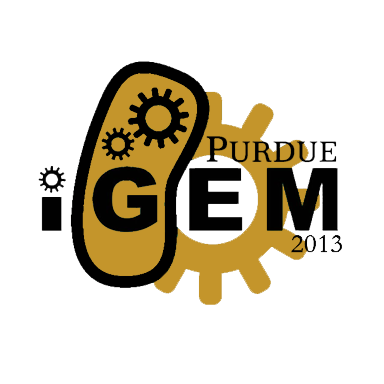The safety page is where users can see the safety precautions we took in lab. This includes sterilization techniques, lab rules, and biosafety ratings.
Safety Questions
1. Description of the Chassis organism(s) we used for this projectWe used three different strains of ''E. coli'' including BL21, XL-Blue, and BM2.5. These were all Risk Group 1. ''E. coli'' are a human pathogen which causes irritation if it makes contact with skin or eyes. If the bacteria is injected, it can also cause irritation to the respiratory tract and kidneys. Below is the link for the risk assessment of our bacteria:
http://www.absa.org/riskgroups/bacteriasearch.php?genus+&species+coli
2. Our highest Risk Group used was Group 13. List of all new coding regions used in this project:
| Part Number | Where did you get the physical DNA for this part? | What species does this part originally come from? | What is the Risk Group of the species? | What is the function of this part, in its parent species? | |
| 1 | BBa_K1225000 | IDT | E. coli | 1 | Promoter |
| 2 | BBa_K1225001 | IDT | E. coli | 1 | Promoter |
| 3 | BBa_K1225002 | IDT | E. coli | 1 | Promoter |
| 4 | BBa_K1225003 | IDT | E. coli | 1 | Promoter |
| 5 | BBa_K1225004 | IDT | E. coli | 1 | Promoter |
- Do the biological materials used in your lab work pose any of the following risks?
- Risks to the safety and health of team members or others working in the lab?
- None of the biological materials pose risk to members. We worked only with GFP as a gene of interest with regulatory parts that do not function in isolation. We are not adding any viral DNA, toxins, or carcinogens that would pose a threat to the researchers. GFP has been used repeatedly and is well documented without evidence of risk to the safety of those who work with it directly.
- Risks to the safety and health of the general public, if released by design or by accident?
- None of the regulatory parts would be functional in isolation. The bacteria expressing these genes do not show viability changes and are not viable outside of the lab environment. GFP has not been shown to cause a safety or health risk to the general public, and our regulatory DNA has not shown any indication that this would change.
 "
"
